 The United States added 11.7 GW of new solar capacity in the third quarter!
The United States added 11.7 GW of new solar capacity in the third quarter!
Dec 11, 2025
According to the US Solar Market Insight Q4 report jointly released by Wood Mackenzie and the Solar Energy Industries Association (SEIA), the United States added 11.7 GW of new solar capacity in the third quarter of 2025, marking a 20% year-over-year increase and a significant 49% quarter-over-quarter surge. By the end of Q3 2025, solar accounted for 58% of new grid-connected generation capacity nationwide, with cumulative installations surpassing 30GW. During the same period, solar and energy storage projects collectively contributed 85% of the nation's new generation capacity additions. The report attributes this surge in installations to the concentrated release of backlogged projects. The report indicates that due to the impact of the Inflation Reduction Act, numerous PV projects were forced to halt in the second quarter. This quarter, these projects concentrated on completing their final stages, becoming the core factor driving the significant surge in installation data. However, behind the market's fervor, the industry's “tightening constraints” have not eased. During the third quarter, issues such as PV module shortages, delivery delays, and labor shortages intensified, forming a clear constraint on the market's continued expansion. Notably, domestic PV production capacity in the United States is accelerating its expansion. In the third quarter of 2025, the country added 4.7 GW of new solar module manufacturing capacity, bringing its total industry capacity to 60.1 GW. Additionally, the new wafer production line at Corning's Michigan facility commenced operations, signifying that the U.S. has now established a complete solar manufacturing supply chain covering core segments including polysilicon, ingots, wafers, cells, and modules. Even so, the actual output from these domestic factories remains insufficient to meet domestic market demand. Installation details across various market segments are as follows: Residential Solar Market: New installations in Q3 2025 reached 1,088 MWdc, down 4% year-over-year and quarter-over-quarter. Despite industry efforts to rush projects online to qualify for this year's tax credits, constrained equipment supply emerged as the primary factor limiting capacity growth. Commercial Solar Market: New installations reached 554 MWdc, marking a 9% year-over-year increase but a 12% quarter-over-quarter decline. California's continued grid connection of projects under the Net Energy Metering 2.0 (NEM 2.0) program supported stable installation levels in the state, though policy-driven growth momentum showed signs of weakening this quarter. Community Solar Market: New capacity added in Q3 reached 267 MWdc, down 21% year-over-year but up 12% quarter-over-quarter. New Mexico saw its first projects under a four-year-old support program officially connect to the grid this quarter. Large-scale Ground-Mounted Market: New installations reached 9.7 GWdc, up 26%...
View More
 IEA: Solar Power to Account for 40% of Global Electricity and New Jobs in 2024
IEA: Solar Power to Account for 40% of Global Electricity and New Jobs in 2024
 The United States added 11.7 GW of new solar capacity in the third quarter!
The United States added 11.7 GW of new solar capacity in the third quarter!
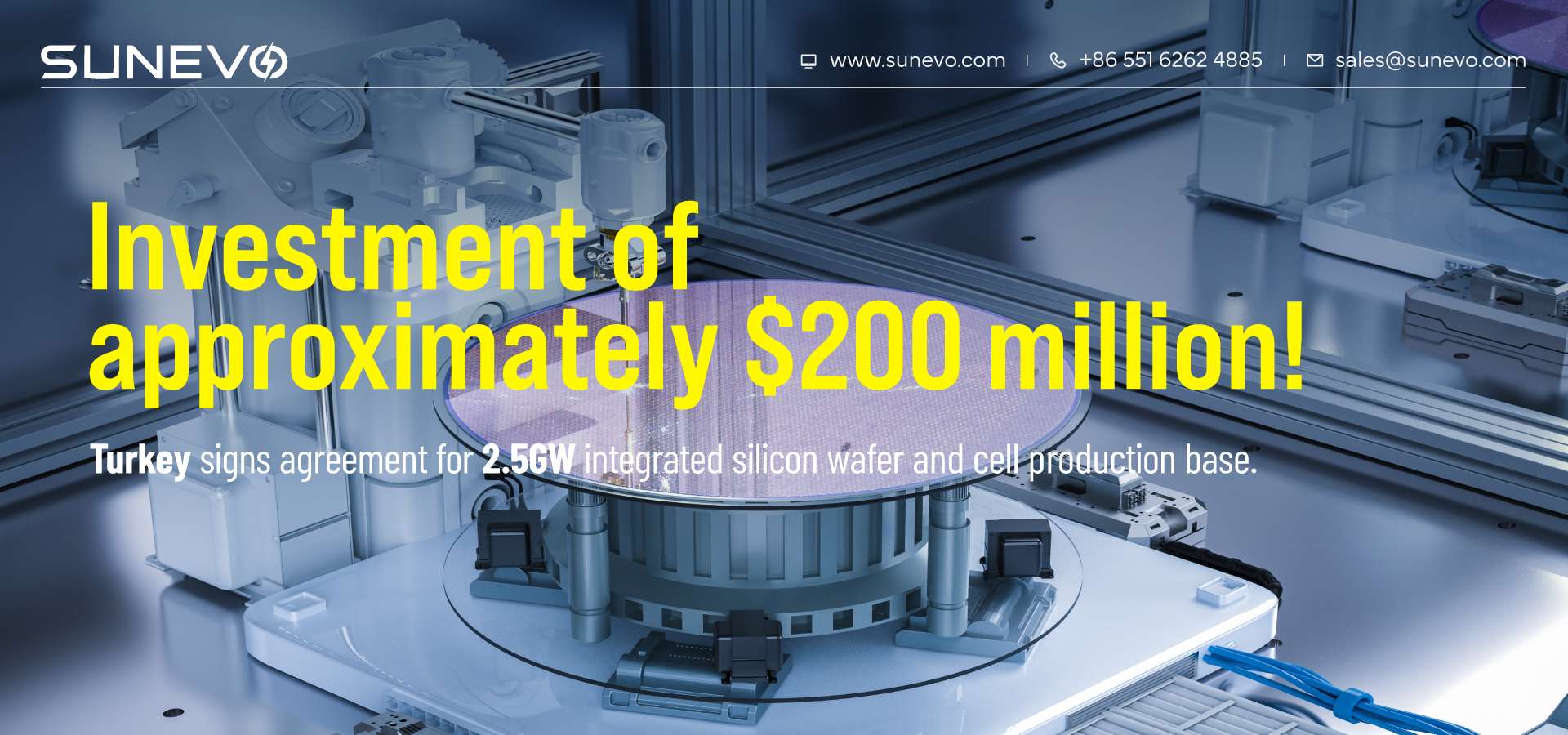 Investment of Approximately $200 Million! Turkey Signs Agreement for 2.5GW !
Investment of Approximately $200 Million! Turkey Signs Agreement for 2.5GW !
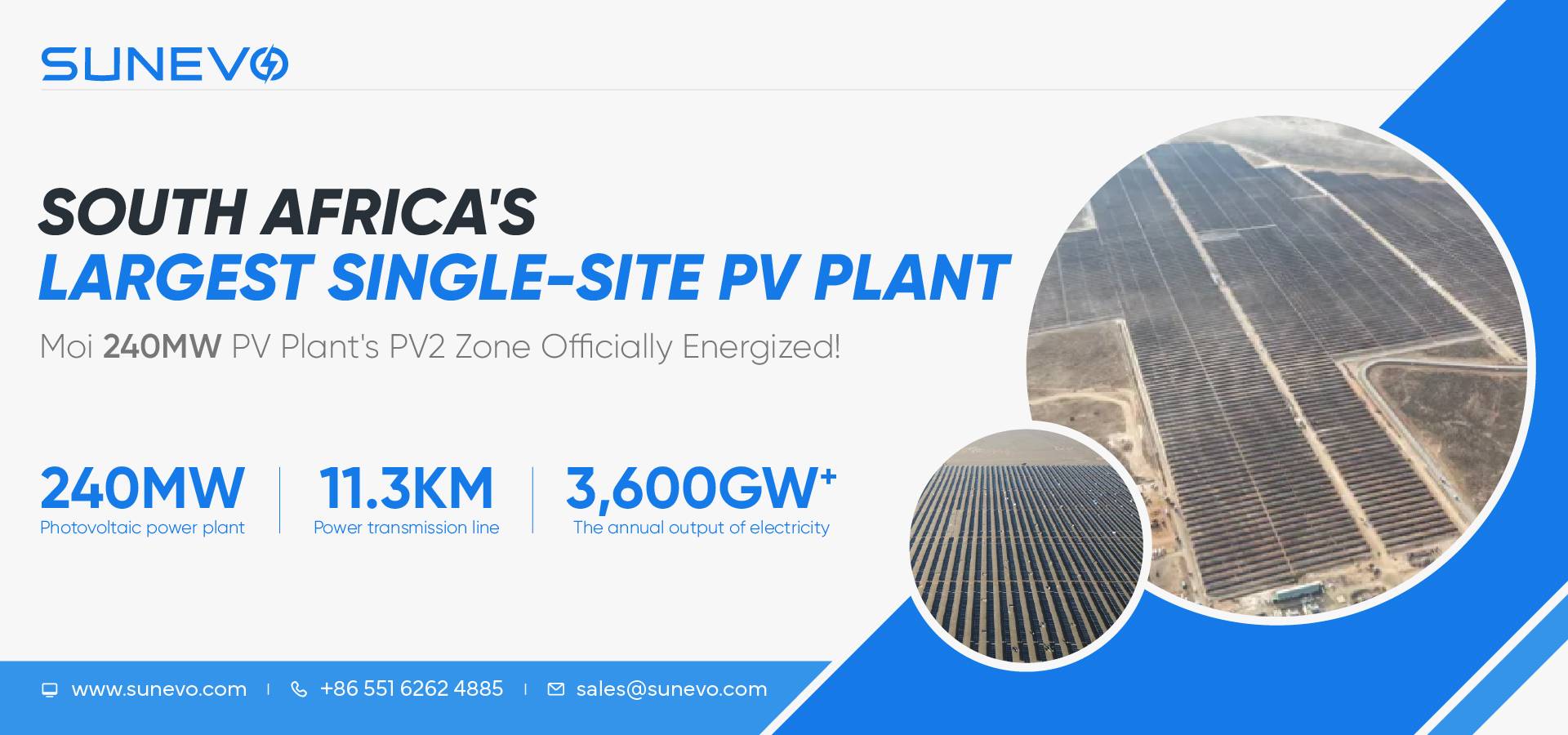 South Africa's Largest Single-Site PV Plant—Mooiplaats 240MW PV Plant's PV2 Zone Officially Energized
South Africa's Largest Single-Site PV Plant—Mooiplaats 240MW PV Plant's PV2 Zone Officially Energized
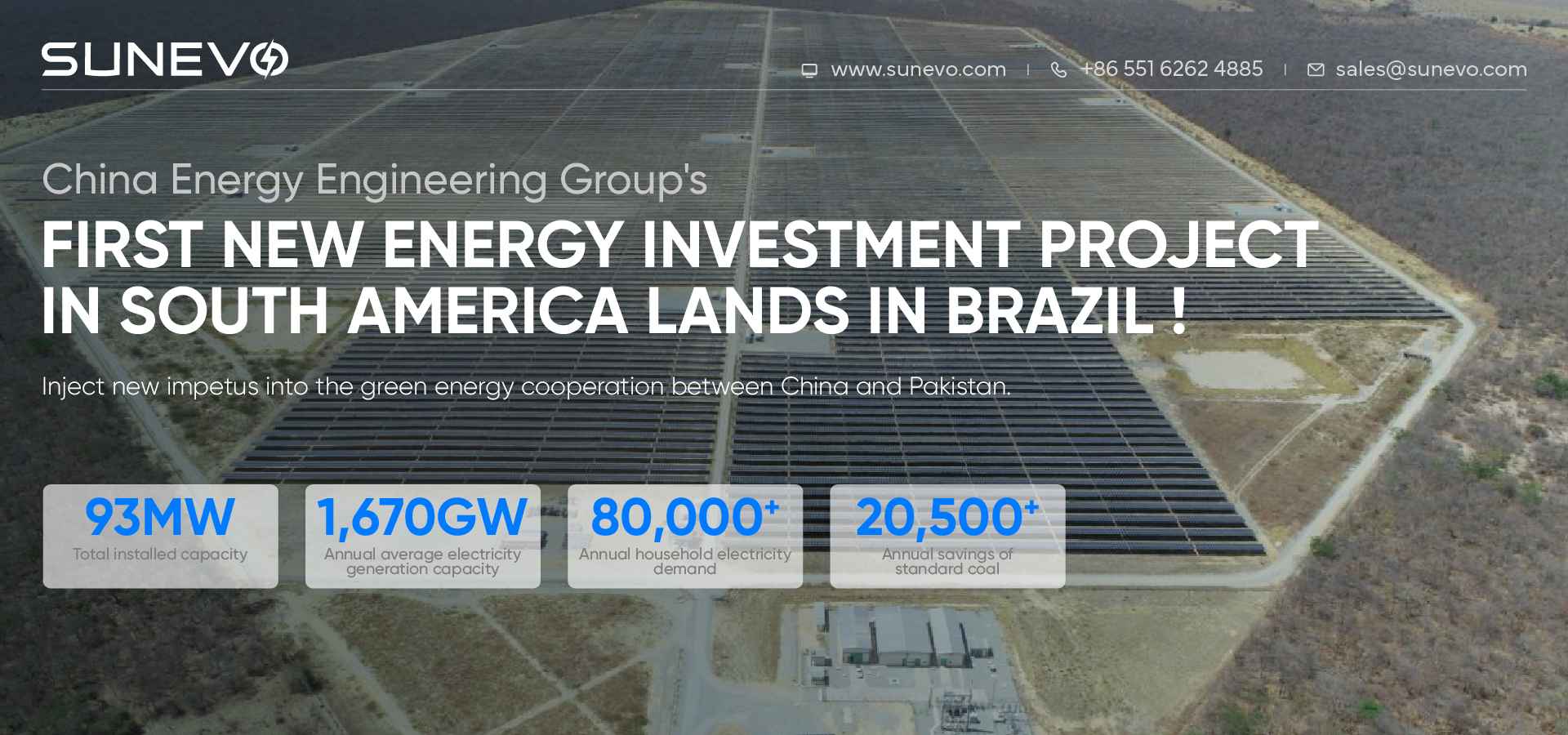 China Energy Engineering Group's First New Energy Investment Project in South America Lands in Brazil
China Energy Engineering Group's First New Energy Investment Project in South America Lands in Brazil
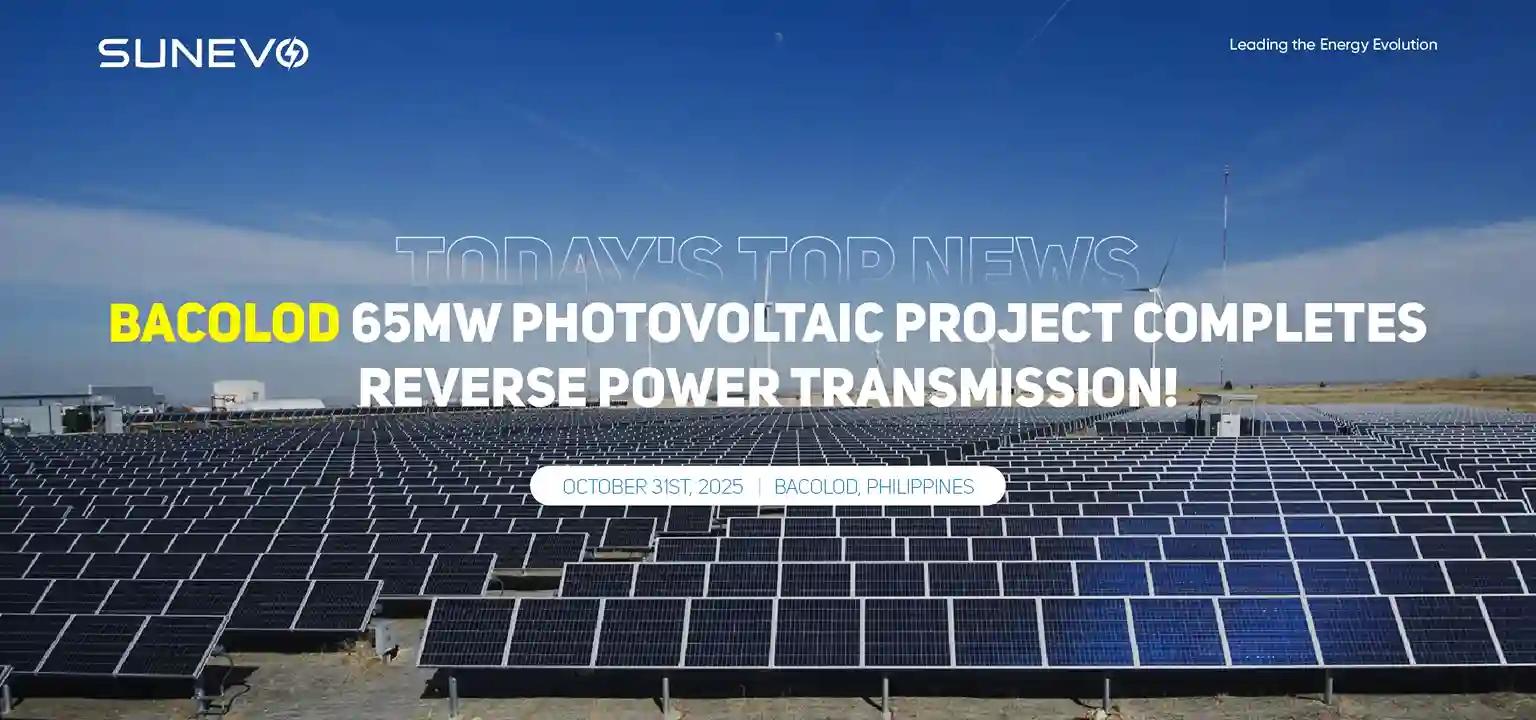 Bacolod 65MW Photovoltaic Project Completes Reverse Power Transmission!
Bacolod 65MW Photovoltaic Project Completes Reverse Power Transmission!
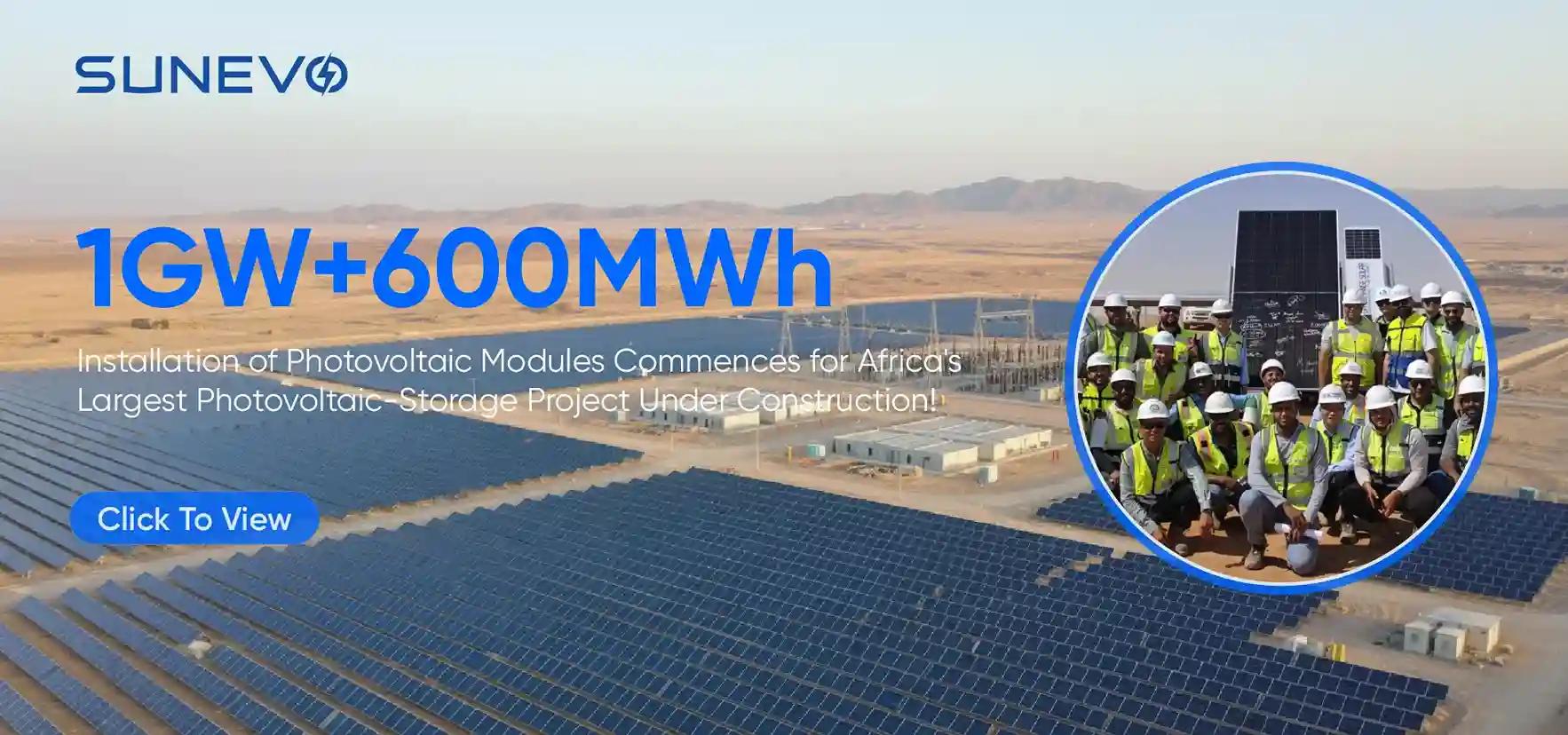 Installation of Photovoltaic Modules Commences for Africa's Largest Photovoltaic-Storage Project Under Construction
Installation of Photovoltaic Modules Commences for Africa's Largest Photovoltaic-Storage Project Under Construction
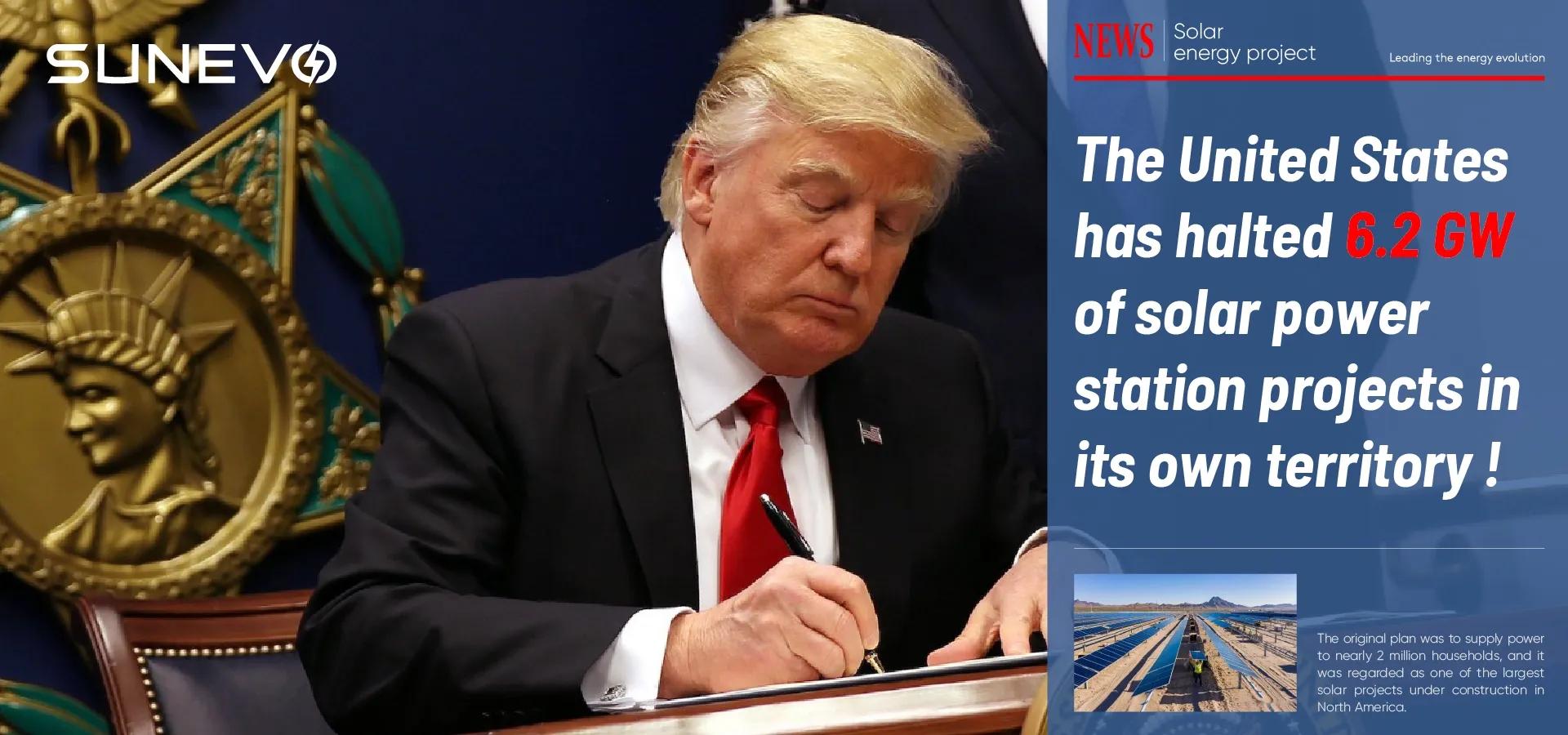 Another blow! The US halts 6.2GW solar power station projects in the US mainland
Another blow! The US halts 6.2GW solar power station projects in the US mainland
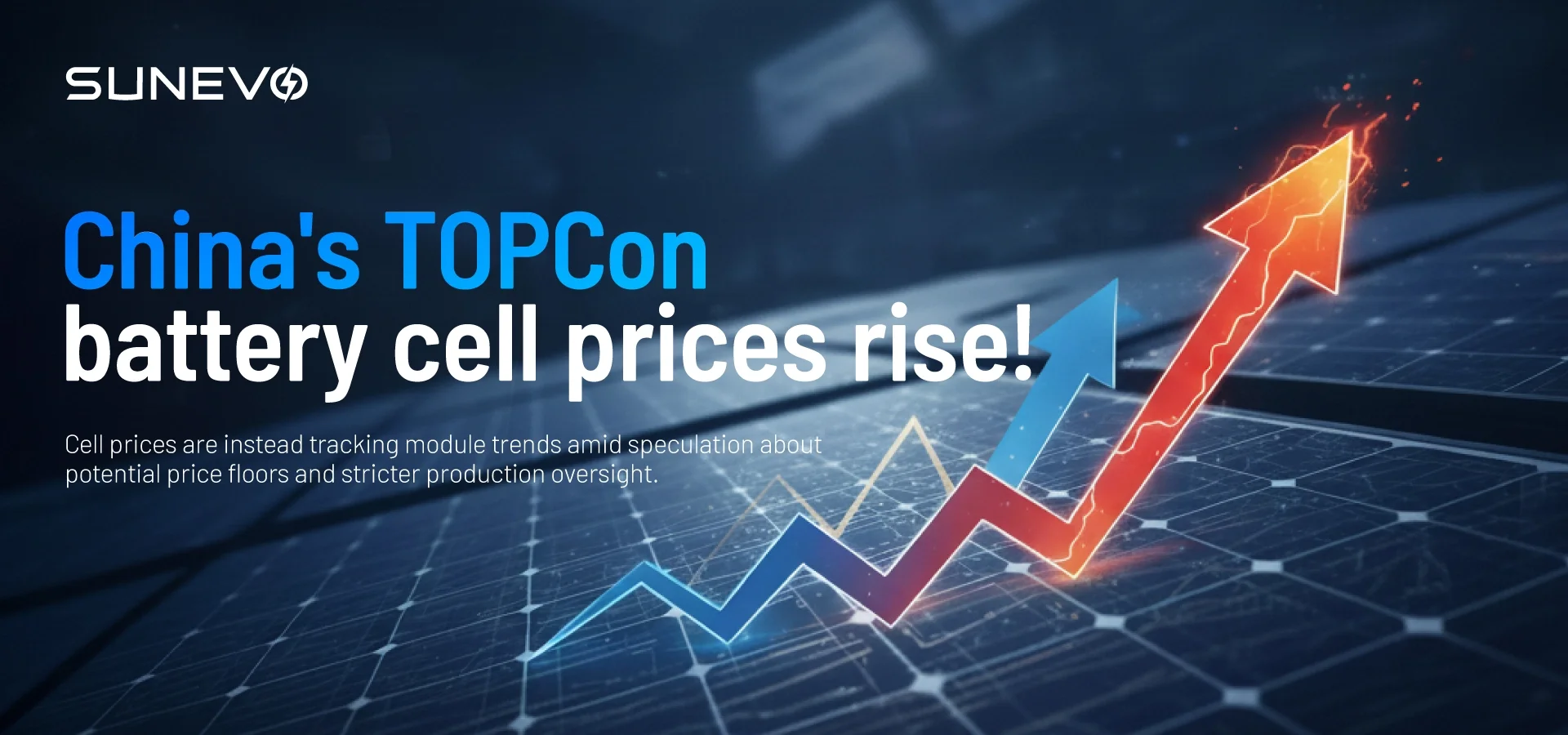 China's TOPCon cell prices rise due to tightened downstream regulations
China's TOPCon cell prices rise due to tightened downstream regulations
 Saudi SPPC launches 3.1GW solar photovoltaic tender
Saudi SPPC launches 3.1GW solar photovoltaic tender